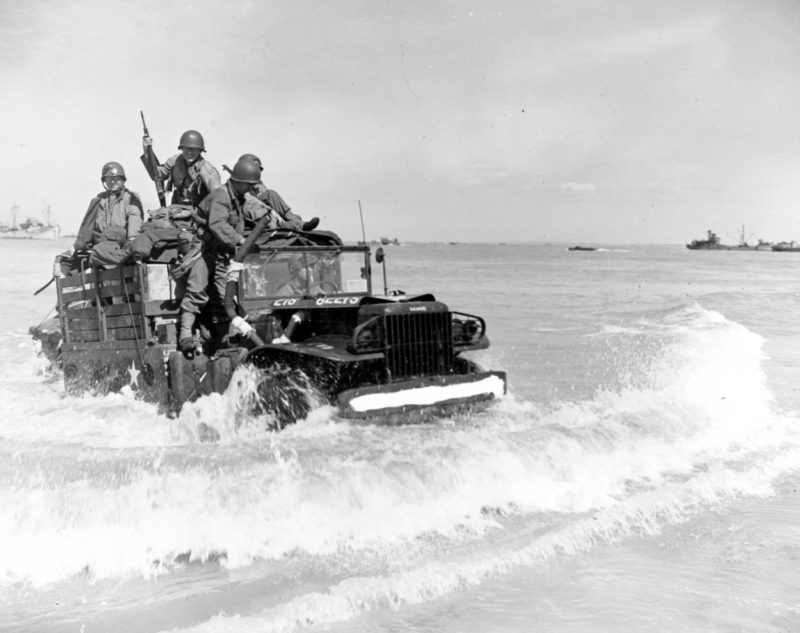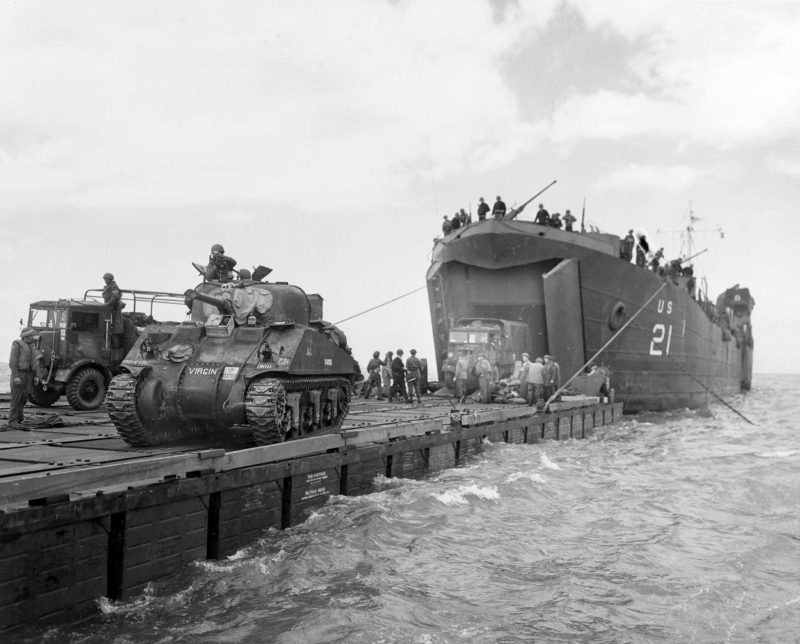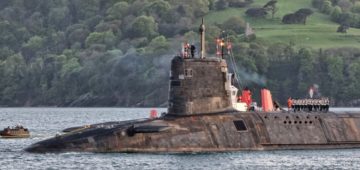
It was the early 20th Century British Foreign Secretary Sir Edward Grey who famously pointed out: ‘The British Army should be a projectile to be fired by the British Navy.’
In June 1944, it was (mainly) the British Navy that fired ashore the projectile of the Allied armies, on a trajectory that would take them all the way into Germany to play a major part in slaying the evil Nazi regime and ending WW2 in Europe. In our special D-Day 80 anniversary section (P24-P52 of this edition) we look at aspects of the Allied invasion of Normandy, primarily from the naval perspective, but not forgetting troops who stormed ashore and aviators bringing down fire on the Germans who resisted the liberation of occupied France.

While the massive armada that conveyed the troops across the English Channel, and the majority of bombarding warships that subdued enemy defences, were from the Royal Navy, the Allied fleets – above all the Americans – played key roles too.
There will be more on the naval side of the Normandy landings in the July edition, out on June 21. We will also be looking at the legacy of D-Day too, in a third offering of 80th anniversary features in our August edition, out on July 21.





Comments
Sorry, comments are closed for this item